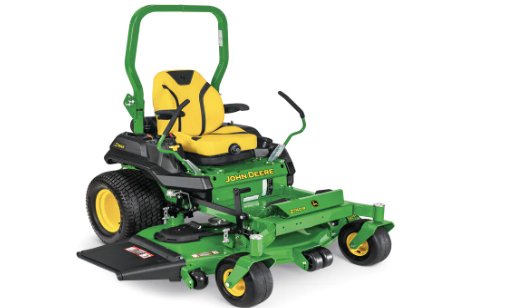John Deere Zero Turn Warning Lights are indicators of potential problems with your mower that could affect its performance and longevity. Unraveling the mystery behind these lights and what they mean is essential for taking the necessary steps to keep your mower running smoothly. Understanding how these warning lights work and what they signify can help you diagnose and address any issues quickly and efficiently.
ðLook at this:Â John Deere S670 Combine Problems
What John Deere Zero Turn Warning Lights Mean and How to Respond

Understanding what John Deere Zero Turn Warning Lights indicate and how to respond to them can help you keep your mower in peak condition and maintain its performance. Knowing what the lights mean can be the difference between a minor issue and a major repair. This guide provides an overview of the most common warning lights, their meaning, and how to respond. Learn about the warning lights, their purpose, and how to troubleshoot the issues they signify to keep your mower running smoothly.
Operator Presence Control (OPC) Light
This light indicates that the mower’s Operator Presence Control (OPC) is engaged. The OPC is an important safety feature that requires the operator to be present and in control of the mower at all times. If this light is illuminated, the OPC system is activated and will not allow the mower to start. The John Deere Zero Turn Warning Lights are designed to alert the operator if the OPC system is activated and in use.
ðLook at this:Â John Deere F1145 Problems
Seat Switch Light
The Seat Switch Light indicates that the seat switch is engaged and the operator is seated on the mower. This light will be illuminated when the seat switch is activated. The seat switch is an important safety feature that is designed to prevent the mower from starting if the operator is not seated. This John Deere Zero Turn Warning Lights are designed to alert the operator if the seat switch is activated and in use.
Engine Overheat Light
The Engine Overheat Light signals that the engine is running too hot. This could be due to several potential issues, including a clogged air filter, low oil level, or a faulty cooling fan. It is important to take immediate action if this light is illuminated to prevent damage to the engine and ensure its longevity. The John Deere Zero Turn Warning Lights are designed to alert the operator if the engine is running too hot.
Key Takeaways from Understanding John Deere Zero Turn Warning Lights
- The Operator Presence Control (OPC) Light indicates that the mower’s Operator Presence Control is engaged.
- The Seat Switch Light indicates that the seat switch is engaged and the operator is seated on the mower.
- The Engine Overheat Light signals that the engine is running too hot.
- Immediate action should be taken if any warning lights are illuminated to prevent damage to the engine and ensure its longevity.
- Knowing what the warning lights mean and how to respond is essential for keeping your mower in peak condition.
Understanding the John Deere Zero Turn Warning Lights is essential for keeping your mower in peak condition. From the Operator Presence Control (OPC) Light to the Engine Overheat Light, each warning light is designed to alert the operator of an issue or potential issue with the mower. It is important to take immediate action if any warning lights are illuminated to prevent damage to the engine and ensure its longevity. By familiarizing yourself with the various warning lights and their meaning, you can easily identify and address any potential issues with your mower. With the help of this knowledge, you can keep your John Deere Zero Turn in top shape and enjoy its benefits for many years to come.
â¡ï¸Another article: John Deere 333g Problems
